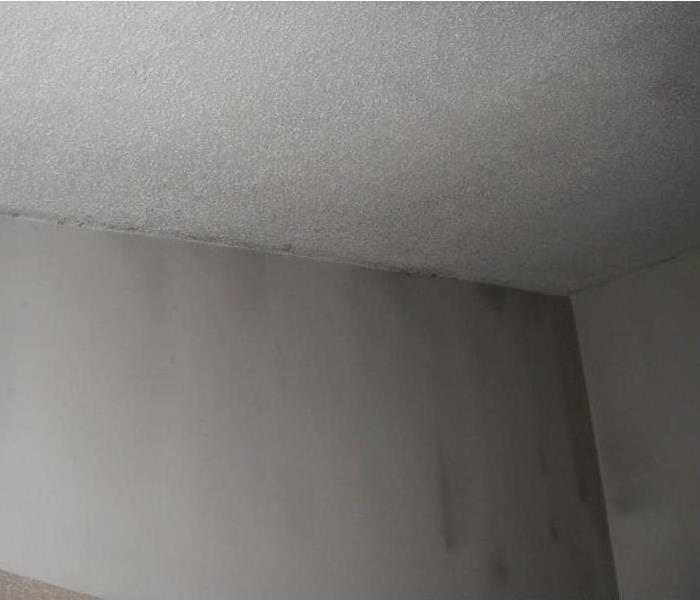Burning Candles Can Cause Damage: How to Prevent and Cleanup After
8/19/2020 (Permalink)
So, you’ve got some candle soot on your walls? The good news is that it's probably manageable. Any kind of candle can leave soot on a wall if it's too close, left burning for too long or in the direct line of a draft. The scented candles are the real culprits because the oil used to scent them can create an oilier soot, which can be a little more difficult to remove. In any case the following bulleted lists should help you remove, or get started on removing, candle soot.
Things to keep in mind about burning candles:
- If there is soot viable on surfaces, there’s probably soot in the duct work. Keep a high-quality filter in your HVAC system to minimize the amount of soot, among other things, getting into your ducts. You may consider getting your air ducts professionally cleaned and duct cleaning is a service that SERVPRO of SW Waukesha County offers.
- Some people have sensitivities to candle scents so be careful when burning scented candles with guests over.
- Heat from candles can peel paint under the right circumstances. Make sure you’re keeping any flames far enough away from painted surfaces to avoid that.
Avoiding candle soot on walls:
- Don’t place candles too close to walls.
- Trim the wicks of candles before burning them. The wick should be about ¼ inch long. This is a good habit to be in anyway because candles with wicks that are too long are fire hazards.
- Don’t place candles near a draft.
- Try placing the candles in a fireplace if you have one.
Removing candle soot from walls
- Vacuum off the wall before applying anything to the area. Try vacuuming with an upholstery attachment to avoid causing further damage to the wall.
- Before you wet the paint, which can cause more damage, try using a dry sponge to remove as much of the soot as possible. Soot can be oily, which is another reason getting the area wet should be a last resort. Whenever applying anything wet to a wall you should be prepared for further damage to occur, in which case the wall will need to be repainted.
- If the dry sponge doesn’t work, you can try the following method:
- Dish soap and warm water can be used with a rag. Remember that getting certain paints wet can cause damage, so be careful using this method. Place many drops of dish soap in a quart of water. Don’t dip the dirty rag back into the clean water to clean it off, instead rinse it under a faucet. This helps keep the water clean and avoids spreading the mess further and should be done any time you’re using a bucket and rag to clean. Work in small areas to avoid spreading the soot further and rinse the rag often.
Hopefully you have a better idea of how to take care of soot on walls. It's not a perfect process and can cause further damage even if done properly. It's always recommended that soot be cleaned form a wall before it is repainted because the smell can seep through new paint. So, the damage you could potentially cause is more than likely worth it in the long run.
Contact SERVPRO of SW Waukesha County for all your cleaning and duct cleaning needs. 262-542-0900.
Sources:
Heloise, Helosie. “Cleaning Candle Soot.” Good Housekeeping, Good Housekeeping, 21 Mar. 2018, www.goodhousekeeping.com/home/cleaning/tips/a20727/candle-soot-cleaning-aug05/.
Solos, Heather, et al. “Clean It.” Home Ec 101, Home Ec 101, 1 Oct. 2010, www.home-ec101.com/removing-candle-soot-from-paint/.

 24/7 Emergency Service
24/7 Emergency Service
